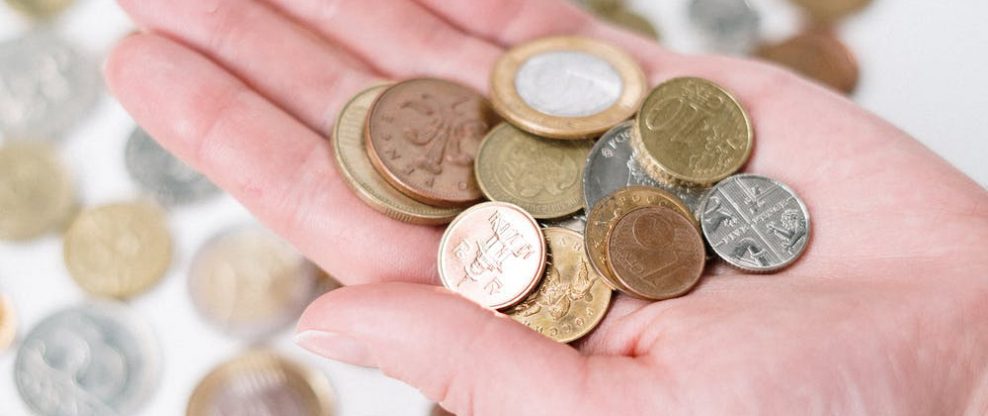(Hypebot) — Historically, some musicians have been able to make a decent living as songwriters. In the streaming economy that has all changed, according to a new report from MIDiA.
Guest post by Bobby Owsinski of Music 3.0
Songwriting was always a way that a musician could make a good or even great living without having to be a performer. The problem is that most of the rules for how songwriters get paid were written back in the days of physical media. In our streaming economy things are tilted more towards the performer rather than the songwriter. This latest report by the music research company MIDiA called “Rebalancing The Song Economy” goes into great detail as to the changes in songwriting in general and suggests some fixes.
First of all, there’s a royalty imbalance. According to the report:

“The song is the first in line culturally but it is last in line for streaming royalties. Of total royalties paid by streaming services to rights holders, between a fifth and a quarter is paid for publishing rights to the song. Labels are paid more than three times higher than publishers on streaming. An independent label artist could earn more than three thousand dollars for a million subscriber streams, whereas a songwriter could expect to earn between $1,200 and $1,400, and even then, only if they are the sole songwriter on the track. On average, songwriters will therefore earn between a third and a half of what artists do.”
Even though there’s a structural reason for that, streaming holds a problem for artists and songwriters in general because songs have been devalued. Says the report:
- Streaming makes music sonic wallpaper: Music has become relegated to the role of a soundtrack to everyday tasks. Of course, music has always played this role to some degree – especially via radio, but this lean-back, in-the-background consumption is now shaping the part of the music economy that used to be proactive and lean forward. It is entirely understandable that consumers have ended up in this place, bewildered by the volume and velocity of new music.
- Discovery and consumption are merged: Matters are compounded by the fact that music discovery is fragmented and disjointed. Even among music subscribers, only four percentage points separate the top three ways in which they discover new music – streaming (52%), YouTube/Vevo (51%), and radio (47%). Of these only radio focuses on repeat plays to help audiences develop lasting relationships with songs and artists. Radio used to be the discovery channel and CDs and downloads the consumption channel. Now streaming blends the two into one, with user behavior the differentiation (e.g. ‘add to collection’).
- Not all songs are the same: The structure of streaming royalties assumes that all songs are worth the same. They are not. While this may feel like dangerous territory to some, the result of this false construct is already more perilous than fixing it. The combination of progressively more listening happening in playlists with non-discriminatory royalty payments has resulted in a highly-gamed system. Lean-back playlists for studying, relaxing, mindfulness etc., have become populated with playlist filler, ranging from lower-quality, made-for-purposes tracks through to – at its extreme – storm sounds and white noise. We explore later on the concept of differentiation between ‘lean-back’ and ‘lean-forward’ listening and whether differentiated licensing approaches can be applied here.
The solution isn’t all that easy to implement, since it consists of a combination of user-centric royalties and metered access, which is more how we consume our home utilities. Don’t expect that anytime soon, but that doesn’t mean that the report isn’t a necessary read if you’re a songwriter. Download it for free here.





























